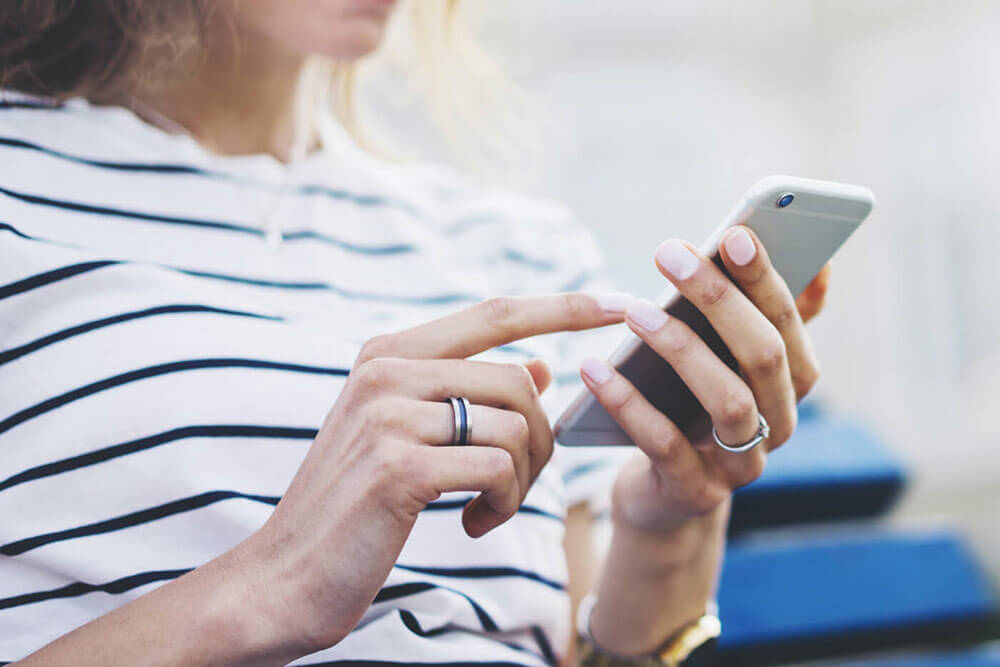How to make the most of your mobile phone in an emergency situation Being prepared: Must-have emergency apps
Stay connected through social media Using your smartphone in an emergency
How to make the most of your mobile phone in an emergency situation
Being prepared: Must-have emergency apps
Knowing what to do in the event of an emergency will not only help you stay in control, it can also save your life (or someone else’s life). There are a ton of apps available for Android and iOS smartphones that can assist you during an emergency. Here are a few to start with:
-
Weather apps
There are a number of weather apps out there that can help you track and prepare for local weather events as well as send emergency alerts.
-
Map apps
If you’re away from home and need to meet at a pre-arranged spot, map apps like Google maps can help you get there.
-
Be Ready Red Cross (Canada)
A handy app to that offers guidance on what to do in case of a house fire, power outage, flood and catastrophic events like earthquakes or tornadoes.
-
Red Cross First Aid (Canada)
Learn step-by-step first aid procedures for everything from allergic reactions and broken bones, to shock and stroke.
-
GPS locator apps
Apps like Life 360 can help you locate and communicate with loved ones in an emergency situation.
-
ICE (In Case of Emergency) Medical Standard
This app allows you to customize the lock screen on your mobile phone to provide contact and health information to medical personnel and first responders. Information can include people to contact if something happens to you, allergies, medical conditions, blood type and medications you’re currently taking.
Stay connected through social media
During an emergency, you can get updates quickly and easily through social media. Many provinces and cities release emergency alerts through Twitter and Facebook. Here are a few examples of accounts you might want to follow:
-
@EmergencyInfoBC
-
AB_EmergAlert
-
OntarioWarnings (Ontario Office of the Fire Marshal and Emergency Management)
-
@environmentca
-
@ECCCWeatherQC (Environment Canada – Quebec)
-
@nsemo (Nova Scotia)
-
@NBEMO_OMUNB (New Brunswick)
-
@PEIPublicSafety (Prince Edward Island)
Plus, if you have family members or friends who live further away, social media is a good place to connect (and won’t be a drain on your phone battery).
Using your smartphone in an emergency
Speaking of saving your phone battery…
-
Keep phone calls short. Use text messaging, email or social media instead as they use less bandwidth and are less of a drain on your battery. What’s more, too many calls can clog up the network.
-
Avoid downloading music, playing video games or streaming videos
-
Invest in a portable battery pack that you can charge (you can use it to boost your car or plug in a USB to charge mobile devices) or a solar powered charger
-
Reduce screen brightness
-
Close any apps you’re not using
Finally, make sure you have a list of emergency contacts on your phone that’s quick and easy to access. Make sure you include alternate numbers where your emergency contacts can be reached (e.g. work) as well as their email addresses and social media handles.
